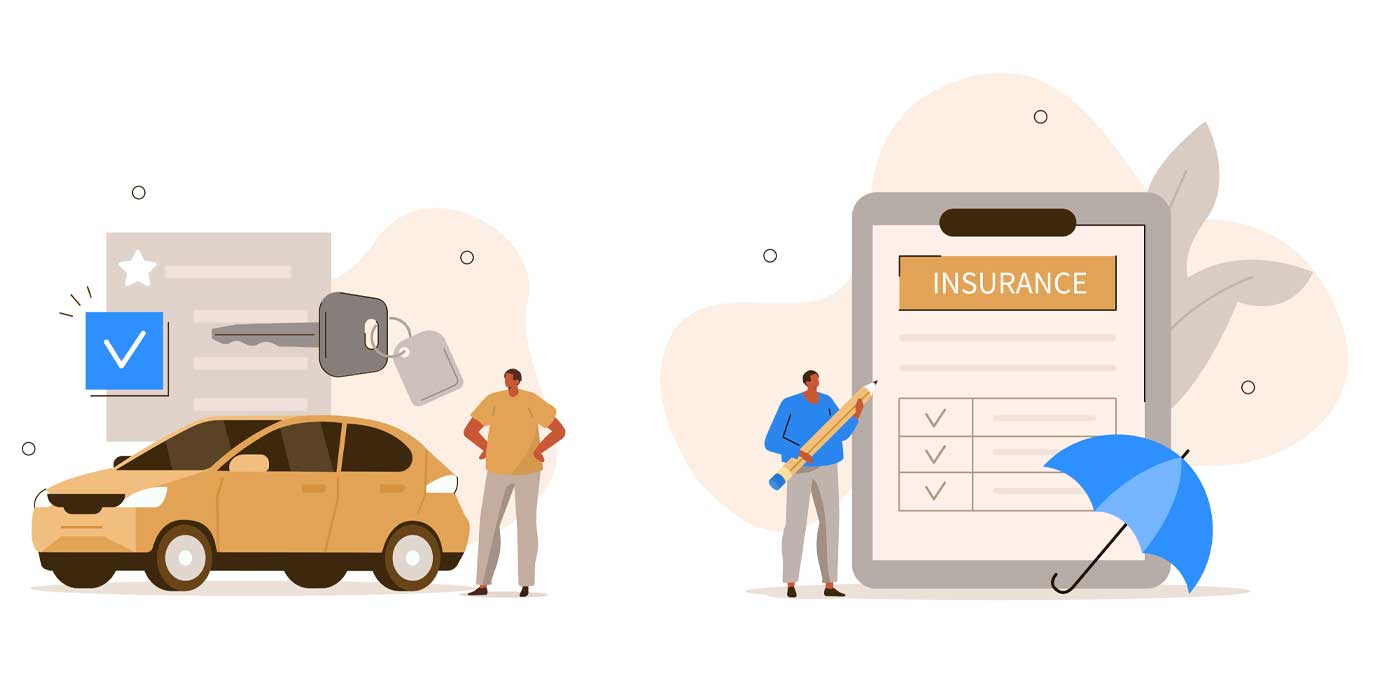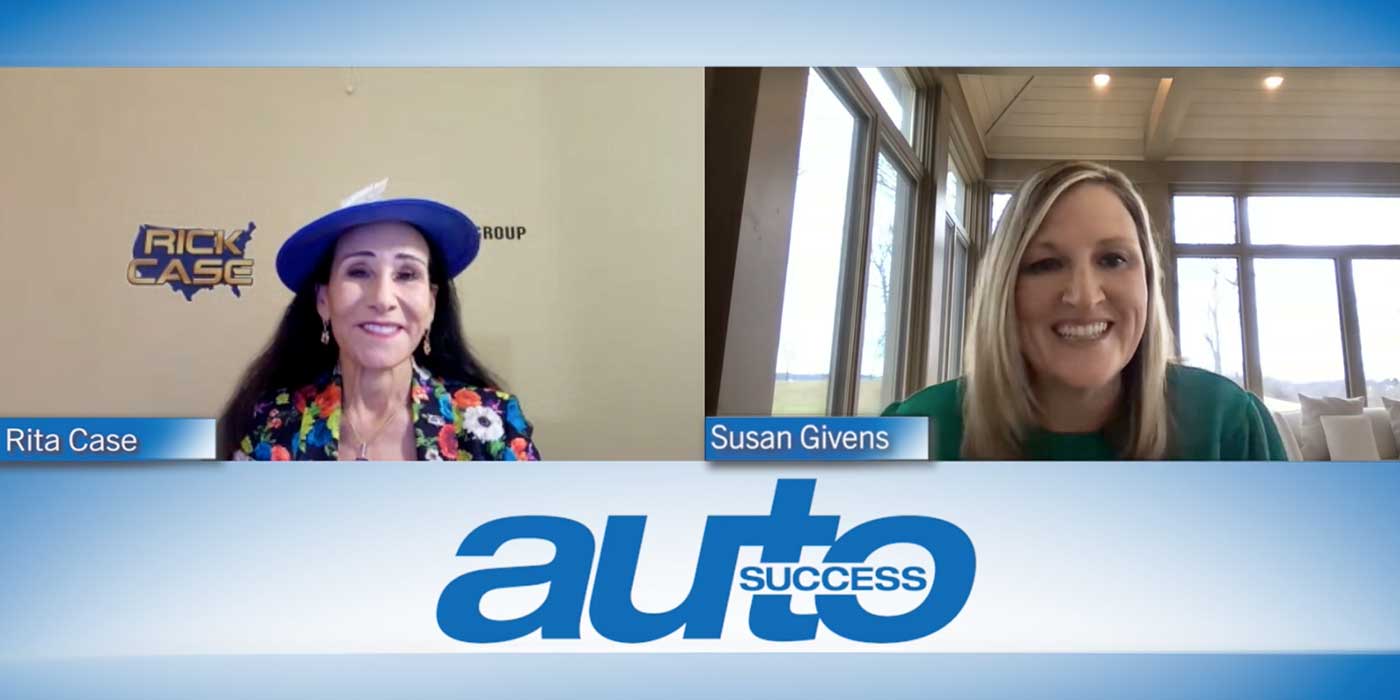All of us in the car business know that time builds commitment. Time builds gross, and that overcoming objections is the key to keeping the customer on road to the sale. Why? Because the real objections will resurface in the negotiation phase, after we’ve had time to build value in ourselves, our product and our dealership.
Most of us know that one important step in the sales process is to isolate and clarify the customer’s objections. Isolation and clarification of every objection that arises moves us closer to the final decision and commitment from the customer. In other words, we know that when a customer says, “no” it’s really because they don’t “know” enough information and it’s our job to give them the information they need so that they can make an educated decision and buy.
Overcoming objections disguised as rejections is a required fundamental skill in the automotive retail sales process. But, what about the objection that never comes up? What about the objection that is not on the salesperson’s or sales manager’s radar screen, but is top of mind for today’s customers as they go through their own buying process?
There is an objection hidden in the mind of the customer that we have never really been taught to uncover and handle, yet it can snuff out a car deal before you ever even know what happened. Even if you do discover it, it may already be too late, or you may not have the ability to overcome it. The reason this objection is so elusive is because it’s not attached to the car deal. At least not in the way sale price, interest rate, accessories and F&I products are: It’s not attached to their trade-in, actual cash value, trade allowance, etc., yet in the mind of the customer, it’s bound irrevocably to their purchase decision.
In most states, insurance verification is required before the purchase of a vehicle can be completed and the customer can take delivery. The insurance premium a motor vehicle owner pays is usually determined by a variety of factors, including the type of covered vehicle, marital status, credit score, whether you rent or own a home, the age and gender of any covered drivers, their driving history and the location where the vehicle is primarily driven and stored. Most insurance companies will increase insurance premium rates based on these factors and, less frequently, offer discounts.
Life-changing events such as divorce, bankruptcy, job loss, DUI/DWI and other traffic infractions can significantly affect a customer’s insurance premium rates. I have personally seen insurance payments increased or decreased by more than $125 per month depending on the circumstances of each individual customer. Even though the customer knows that there are factors such as the vehicle year, make, model, extra safety features (or the lack thereof) that can affect their insurance premiums, they may not have any idea how much they can either save or could end up spending if they don’t have proper access to the right resources. The one thing these customers do know is that they are going to have to include their monthly insurance payments into the budget for their vehicle purchase and that insurance verification is required before they can take delivery.
“Insurance verification” is not the same as “price shopping” for a less expensive insurance option and many times, if shopped properly, could drop significantly. So, if you’re working a car deal and you find yourself in a situation where you’re $25-$75 per month away from a “yes,” you have another option in your proverbial tool kit. That is, as long as you have access to a credible and effective insurance intermediary who can offer you a quick, hassle-free quote that doesn’t require an on-the-spot decision for the customer buying the vehicle.
Insurance verification is a crucial step in the sales process and must be completed on every unit before the customer can take full ownership. If that vehicle leaves the dealership without proper insurance coverage under the name of the customer, the dealership is still the liable party.
During your customer’s insurance verification, incorporate these steps to know exactly where you stand with your customer so you will be prepared to keep this invisible objection from interfering with your sale. In fact, if you handle this part properly, many times it can save a car deal or even help you hold more gross.
Take the customer’s insurance card, call the number and while speaking with the customer service representative, take the time to confirm current coverages and deductibles. It’s a simple step to add. Write them down, and then say this:
“Mr. and Mrs. Customer, now that we’ve gotten you a great deal on your car, let’s see if we can also save you some money on your car insurance.” Pick up the phone and call the insurance agency you know you can trust and make sure they know you’re sitting with the customer right now, and that you need a quote. It’s imperative that the person you’re calling understands where you are in the sales process, so make sure your calls are prearranged and the person you’re calling already knows what to expect.
Independent insurance brokers have access to many different carriers, and the more carriers they have access to, the more likely you’ll be able to find a premium payment that is less than the one the customer is currently paying.
The only true objection you may hear is, “I already have insurance with ____ and I’m not switching.” To that you may want to say, “Great, let’s keep them honest and make sure you’re paying the least possible amount for the most protection.” At the end of the day, your goal is always to make sure you’re taking great care of the customer and saving them money.
Regardless of whether you plan to make this a new profit center in your dealership, or simply want to increase your show-to-sold ratio, knowing the amount your customer is paying for their insurance and being able to find ways to lower those payments can save car deals.
As the number of in-dealership insurance agencies continues to increase, or as your dealerships begin getting more insurance reps visiting your salespeople to hand out gift cards for the opportunity to quote your customers, one thing is certain: insurance payments are playing a stronger role in your customers’ buying decisions. Not knowing about this invisible objection can cost your dealership more than you know. It’s an easy fix once you can see it for what it is.














